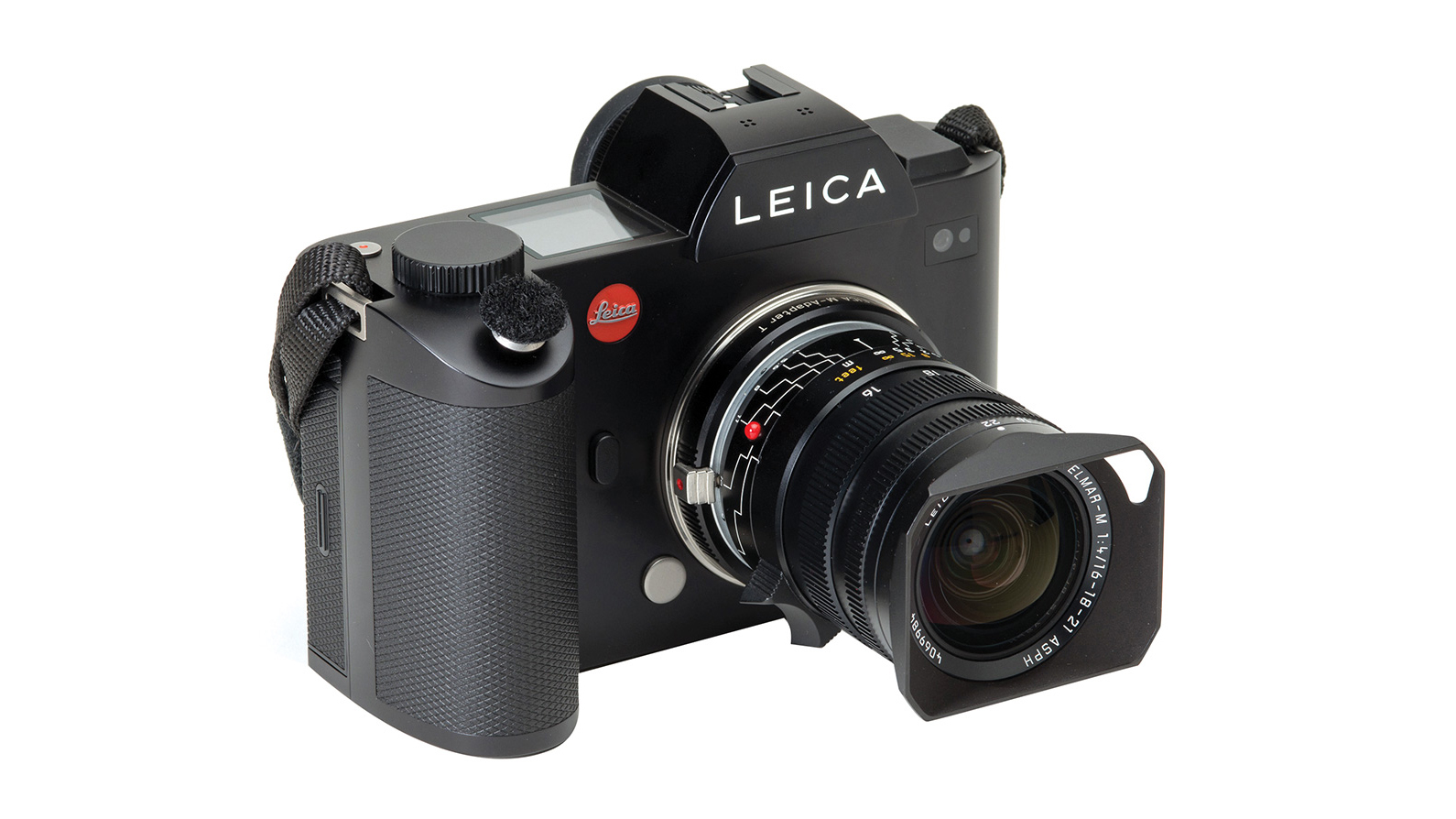Camera review: With its SL, Leica has thought of everything
Leica joins the mirrorless movement with its new professional-level camera.
• May 2017 issue
With many professional photographers gravitating to full-frame mirrorless cameras, Leica has joined the fray with the introduction of the Leica SL, a professional-level mirrorless camera model. Machined from a solid block of aluminum, it’s dust sealed and splash proof. What looks like an optical viewfinder is the housing for a 4.4-megapixel electronic viewfinder (EVF) that displays an image larger than that found in the viewfinder of a digital SLR.
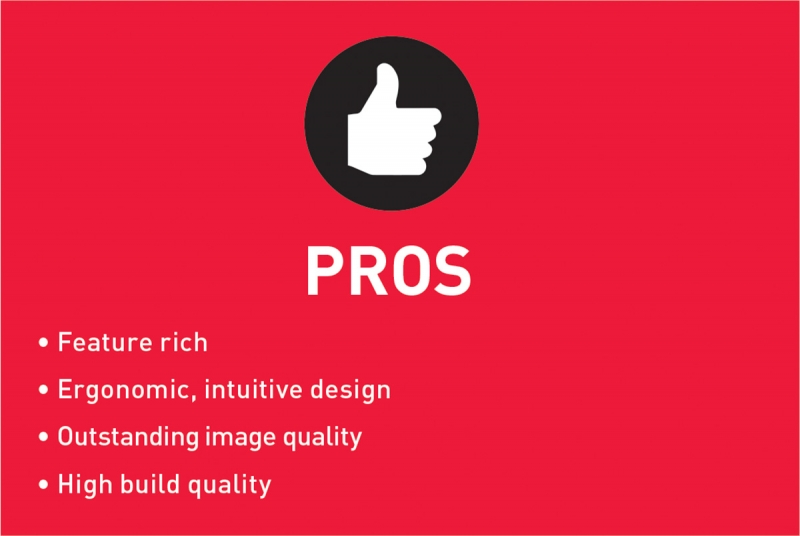
Contained within the nearly 1.9-pound body is a 24-megapixel CMOS sensor with no low-pass filter. Also built into the SL is nearly every imaginable feature a professional photographer would desire in a camera, including an 11-frame-per-second burst rate, GPS, the ability to connect the camera to a Wi-Fi network or control it with your phone or tablet, clean design, intuitive operation, and of course, the ability to mount Leica lenses. A new line of image stabilized lenses is promised, although only the Leica Vario-Elmarit-SL 24-90mm f/2.8-4 ASPH, the Leica APO-Vario-Elmarit-SL 90-280mm f/2.8-4, and the Leica Summilux-SL 50mm f/1.4 ASPH are currently available. However, the SL also accepts Leica TL APS-C lenses, and adapters are available to mount many of the Leica S-, M-, and R-series lenses, albeit with manual focus and only manual or aperture-priority metering.
All the technology in this German-built beauty comes at a cost. MSRP for the body alone is $7,450. The 2.51-pound 24-90mm lens is priced at $4,950, the 4.08-pound 90-280mm is available for $6,395, and the 2.35-pound 50mm is priced at $5,295. With the addition of a couple of spare $250 batteries (those EFVs use lots of power), you’re set to go.
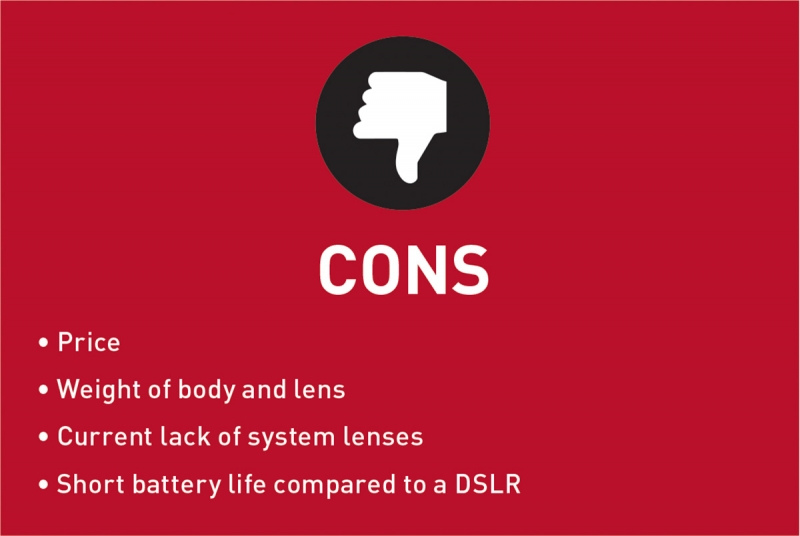
While Leica has a reputation for building small runs of outrageously priced cameras, the SL doesn’t strike me as fitting this mold. It seems to be a full camera system in the making. After using it for a short time, I’m impressed with it in nearly every way.
This is a truly professional camera and a way for photographers invested in Leica lenses from the film and digital M-series days to carry those lenses forward. Having used and reviewed other EFV bodies, I was always put off by the low resolution of the viewfinder image and the low refresh rate that’s particularly bothersome when shooting action. The resolution of the SL EVF is excellent, and other than at the lowest light levels, the refresh rate is never an issue. Making up for the slow refresh rate in low light is the brightness of the image, far greater than that in an optical viewfinder. With a sensitivity range topping out at ISO 50,000 (with all but the top two steps delivering excellent image quality after carefully applying noise reduction), shooting in low light is easily done. Focusing speed even in low light is good, while focusing speed in any other condition is extremely fast.
Other than the superb image quality, what sets the SL apart from other digital cameras is the ergonomic design. I’ve always been a fan of the Phase One digital backs with their four control buttons surrounding the rear LCD. This design solution is clean and minimalist yet all the controls are available at a touch. Leica has incorporated this design in the SL and improves it.
One of these improvements is the incorporation of a four-way joystick in easy reach of your right thumb for navigating through the menus displayed in the EVF or on the rear LCD. Pressing the joystick in its central rest position selects the menu item. You also use the joystick to select a focusing area or to page through captures. Each of the controls on the SL has multiple functions depending on whether you’re in the capture/recording or review modes, making for minimal controls yet full functionality.
The rear LCD is also a touch screen. Pressing and holding one of the buttons surrounding the rear screen brings up its function menu. From there you can use gestures to navigate and select an option for the function. I found it quicker to use the joystick or the rear dial for navigation and selection, but direct access with gesture control is available. In image review mode you can use gestures to enlarge the image and navigate through it.
Selecting Touch AF in the Setup menu allows you to set the focus point by touching the appropriate area on the live view image on the rear LCD. Focusing speed for still or video capture, no matter what method you use with the SL, is outstanding, the fastest I’ve ever experienced. Focus is seemingly instantaneous even when moving from infinity to close-up with no discernible hunting. Single, continuous, and manual focusing are all available. There’s even face detection autofocus.
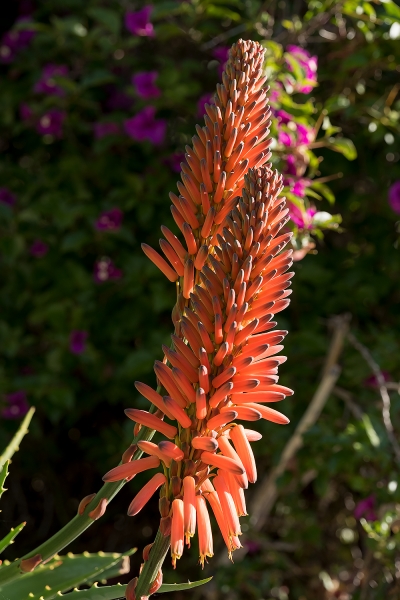
With a close focusing distance of about one foot at the 24mm focal length, the image quality of the 24-90mm lens is outstanding throughout its range.
Exposure modes P, A, T, and M are available by pressing the rear click wheel. The top LCD display changes to a large letter designating the mode, rotating the click wheel changes the mode, and pressing the click wheel selects the mode—another elegantly designed function that didn’t require an additional control button. Also on the top panel is a large wheel that you use to change exposure compensation when shooting.
In manual- and shutter-priority modes the shutter speed can be set as high as 1/60,000 second. Speeds from 60 seconds to 1/8,000 second are governed by the mechanical shutter. Above 1/8,000 second the electronic shutter controls the speed if you’ve selected to use it in the Camera menu. ISO sensitivity ranges from 50 to 50,000.
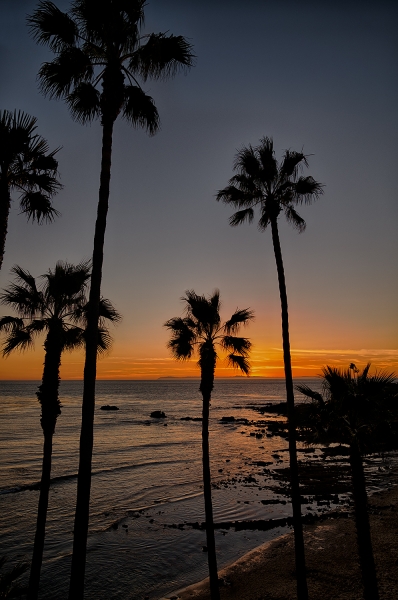
The SL Exposure Bracketing menu includes an option for automatic HDR bracketing. This is the result of a three exposure bracket separated by two EV per bracket.
Video recording hasn’t been neglected in the SL. Cinema 4K (4,096x2,160 pixel resolution) is available at 24 fps only. But 27 other frame rates are available at up to 120 fps and all are progressive. Time coding is available as are internal microphones and the ability to attach external mikes.
It seems Leica has thought of everything; wireless control with your mobile device or through an existing wireless network is built into the SL. And if your smartphone is Android, establishing the connection is as simple as opening the Android app, choosing Remote Control by App in the Setup menu, and reading the built-in QR code with the app. Amazing.
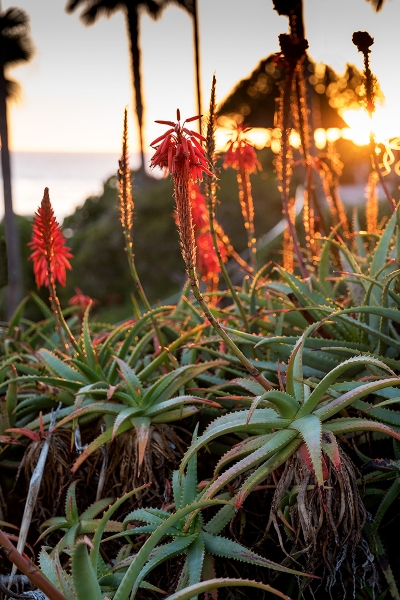
Even with the bright setting sun at the side of an image there is no lens flare and the subject is rendered sharply with high contrast.
While I could barely believe the price when I first saw it, I now think that it actually represents demonstrable value. It also represents the pinnacle against which all other digital cameras, SLR or otherwise, must be measured. The Leica SL stands out as the ultimate achievement in digital camera design.
Stan Sholik is a commercial/advertising photographer in Santa Ana, California, specializing in still life and macro photography.

